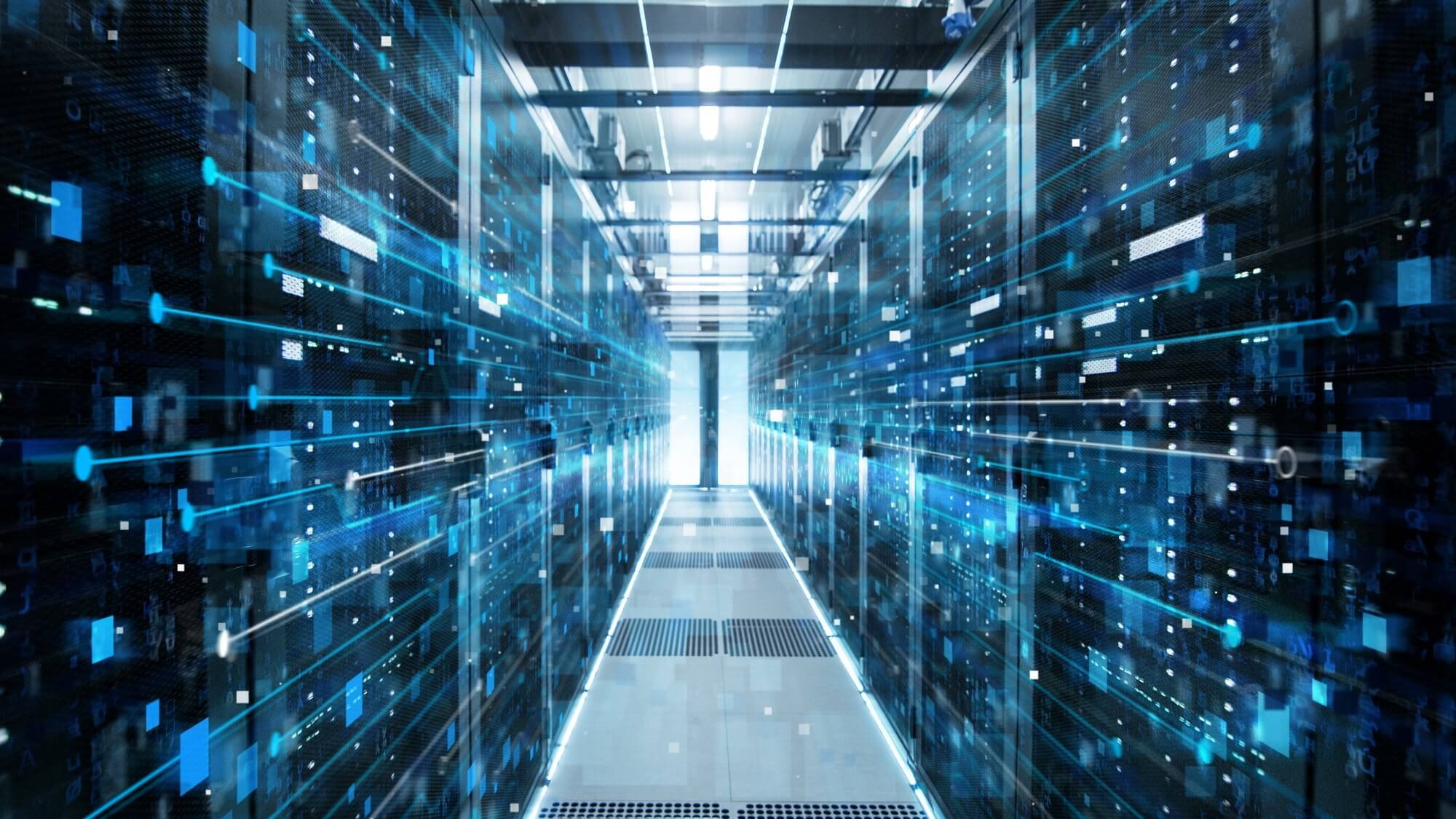What just happened? The United States’ National Oceanic and Atmospheric Administration (NOAA) has announced plans to refresh its supercomputers. The 10-year, $505.2 million program involves the purchase of two AMD-powered Cray systems that will have a combined performance of around 40 petaflops, which would place them in the top 25 most powerful supercomputers in the world.

The new systems will triple the weather forecasting agency’s operational supercomputing capacity. Each identical Cray Shasta machine features 2,560 dual-socket nodes—housed in 10 cabinets—powered by second-gen AMD Epyc Rome 64-core 7742 processors, connected by Cray’s Slingshot network. That equals 327,680 Zen 2 cores for the clusters.
Each computer has an incredible 1.3 petabytes of system memory, and Cray’s ClusterStor systems provide 26 petabytes of storage per site. It consists of 614 terabytes of flash storage, while two HDD file systems will store 12.5 petabytes—perfect for your Steam library.

The systems will be used for hurricane tracking, among other things
Each system has a peak theoretical performance of 12 petaflops. Combined with NOAA’s research and development machines, the total peak theoretical performance is 40 petaflops. Cray’s Shasta systems haven’t made the Top500 yet, but they’d be ranked around 25 on the latest list based on a ballpark 80 percent Linpack efficiency.
Set to be installed in 2022, the machines, located at Manassas, Virginia, and Phoenix, Arizona, will take turns acting as primary and backup systems. “We are committed to putting America back on top with the best weather forecasts, powered by the fastest supercomputers and world-class weather models,” said Neil Jacobs, PhD, acting NOAA administrator.
The new Crays will replace eight smaller machines, which include older IBM and Dell systems, along with a pair of Cray XC40s. General Dynamics Information Technology (GDIT) will take over from IBM in managing NOAA's operational centers in 2022. GDIT’s eight-year contract is worth $505.2 million and comes with a two-year optional renewal period.
Earlier this month, the US Navy ordered an AMD Epyc Rome/Nvidia Volta-powered supercomputer with 590TB of RAM.
Image credit: Gorodenkoff and Harvepino via Shutterstock
https://www.techspot.com/news/84182-noaa-orders-amd-powered-supercomputers-327680-zen-2.html